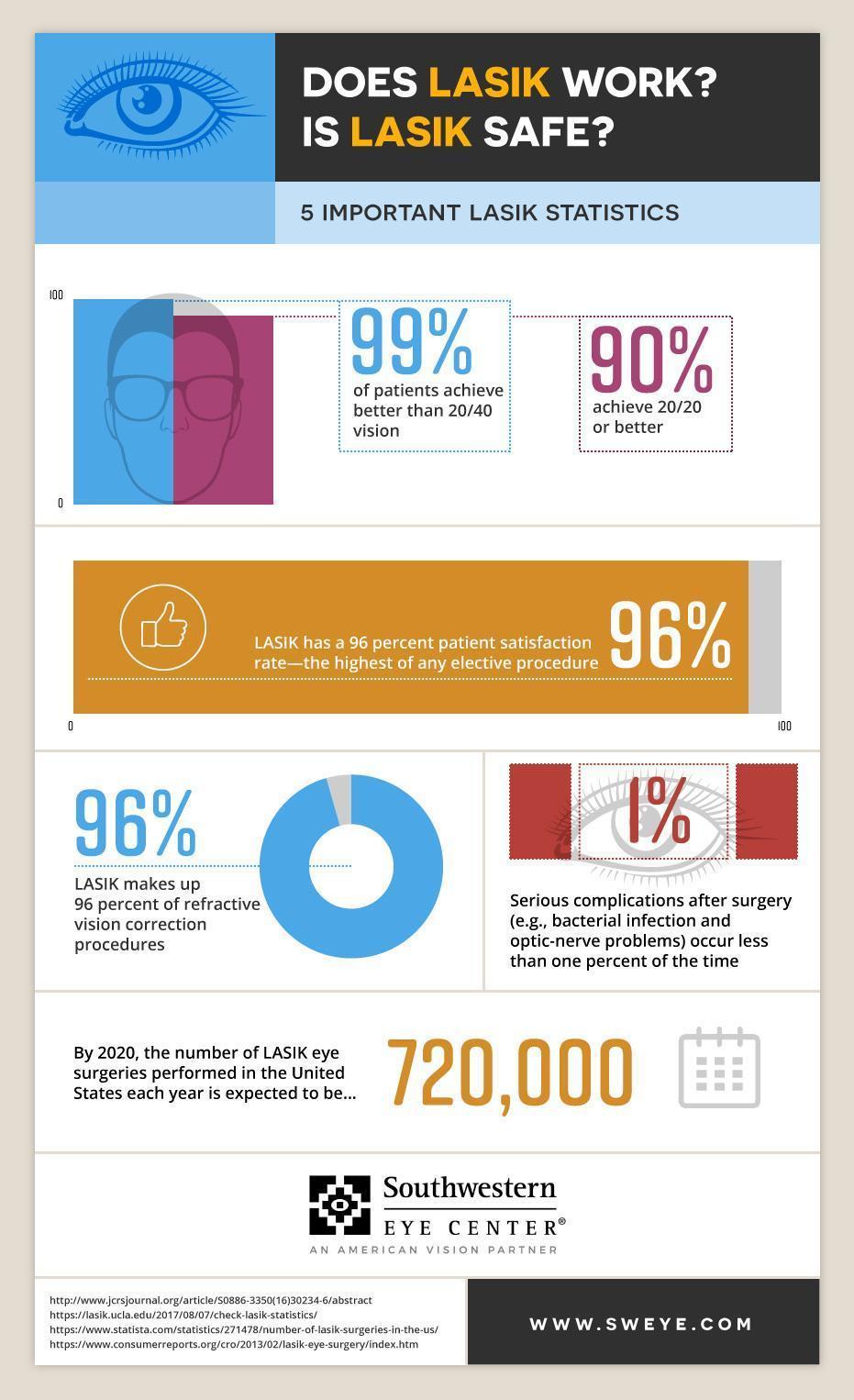As a cataract doctor, your day starts with a detailed eye assessment, where you assess clients' vision and lens clarity. You know just how essential it is to recognize cataracts properly. As soon as diagnosed, you prepare for surgical treatment, ensuring every information is made up. However the challenge does not finish there. The genuine journey unravels in the operating room, where precision is vital. What occurs next might specify an individual's visual future.
The Diagnostic Refine: Identifying Cataracts
When it pertains to detecting cataracts, clarity is key. You'll start with a detailed eye evaluation, where you'll assess visual acuity and check for any indicators of cloudiness in the lens.
Throughout this process, you'll use specific devices, such as a slit lamp, to obtain a detailed sight of the eye's structure. You'll likewise carry out a dilated eye examination to assess the lens and retina better.
Gathering your individual's medical history is important, as it assists identify risk elements like age, diabetic issues, or previous eye injuries.
After analyzing the results, you'll determine the existence and severity of cataracts. This thorough strategy guarantees you provide the most effective recommendations for treatment, establishing the stage for the next action in their care.
The Surgery: Accuracy in Action
After detecting cataracts and going over treatment options, you plan for the procedure, where accuracy is extremely important.
You enter the operating room, putting on sterile gloves and a mask. The person relaxes pleasantly under bright lights, prepared for the transformation.
You start by administering regional anesthesia, ensuring they feel no pain. With a stable hand, you make a small incision in the cornea, using sophisticated strategies to get rid of the gloomy lens.
https://lasik-eye-surgery-experie41728.ambien-blog.com/42844498/cataract-surgery-vision-what-is-regular-and-what-is-uncommon put the artificial intraocular lens, aligning it flawlessly for optimum vision. Throughout the procedure, you monitor vitals and readjust as required, maintaining concentrate on the job.
In just a short time, you'll have restored your client's sight, a rewarding outcome for both of you.
Post-Operative Treatment: Ensuring Ideal Healing
Once the surgery is full, your duty shifts to making certain the person's smooth recuperation.
You'll start by offering clear post-operative directions, emphasizing the value of wearing the eye guard and taking prescribed drugs. Advise https://www.webmd.com/eye-health/blue-light-reduce-effects to prevent massaging their eyes and engaging in laborious tasks.
Schedule a follow-up consultation within a few days to monitor recovery and attend to any type of concerns. Motivate clients to report any signs of infection, such as boosted inflammation or discharge.
In addition, go over the relevance of using artificial tears to ease dry skin. Assistance their emotional well-being by comforting them that aesthetic renovations may take some time.
Conclusion
In a cataract doctor's day, you witness the journey from diagnosis to healing. You see the precision in surgical treatment and the treatment taken post-operation to guarantee your optimum healing. With this experience, you acquire clearness not just in vision, but in understanding the whole procedure. The count on established between you and your doctor is vital, paving the way for a smoother recovery. With the ideal support, you're on your method to appreciating a brighter, more clear globe.
